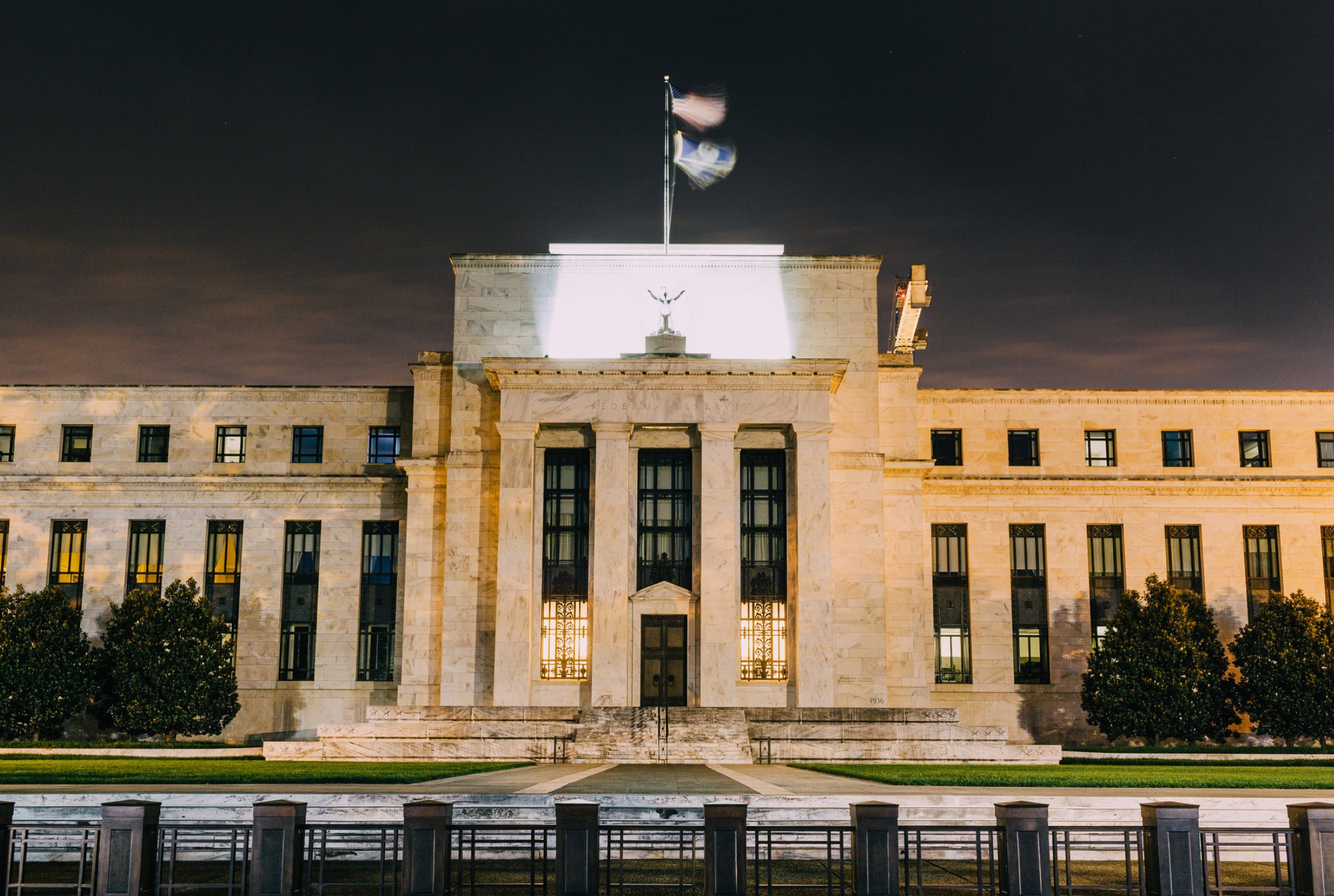
JACOB FAJNOR – MARCH 12TH, 2018
Is it possible that getting a great deal isn’t always great? Turns out that for an economist, the short answer is “yes.”
Let’s set the scene: It’s time for a wardrobe change, and you are hitting the mall for a new pair of jeans. Being the financially savvy individual that you are, you have researched the fair market price for a variety of pairs of comfortable jeans, found one that matches your willingness and ability to pay, and budgeted accordingly. Upon entering the store you find out that the same pair of jeans you thought were $70 are now 30% off and are now $49.
That sense of happiness is what behavioral economists call transactional utility, and it both fundamentally changes how basic economic models predict human behavior as well as causes market failures. Transactional utility is essentially the joy you get from getting a perceived “good deal”. However, in traditional economic models, it is assumed that only the item purchased, not the act of purchasing, is the source of all utility.
Firms can capitalize transactional utility is through product differentiation. The “Family size” cereal box is a classic example. The larger box, different label, and granted, more cereal is all designed to increase the perceived value of your purchase. Amazon shows the price per unit on bulk items for a similar reason. According to traditional economic theory this strategy should not affect the actions of consumers, as they are only willing and able to purchase a certain quantity at a certain price, which makes up a market demand curve. However, because of the perceived value, you are essentially tricked into buying more than you need. The “rational” economic behavior would be to buy the small box of cereal because the total cost is less and that quantity of cereal provides all the “utility” you need.
Product differentiation is more prevalent in a situation where consumers encounter a monopoly even if it is only temporary. For example, imagine you are at a professional baseball game; the price of a hot dog is, in retrospect, very inflated compared to the outside world. The product is differentiated by being a large hot dog but pound for pound you are still paying more. However, you take some solace in the fact that the hot dog appears to be larger than normal, regardless of the price, because there is a perceived “good” deal. So far it sounds like we have just added a new source of happiness to the transaction, so why does this cause markets to fail?
The problem arises because transactional utility only affects consumer behavior if there is a perceived good deal. To return to the jean example: you just saved $21 dollars and agree that you got a great deal. However, if you are shopping for a car and save $21 dollars you would barely bat an eyelash because it is a much smaller percentage of the price. The consequence is that consumers may forgo consumer surpluses created by a firm’s discounted price because they do not perceive a large value in the discount. To achieve this perceived discount and draw consumers, firms may inflate retail prices and then discount them back to a price that maximizes profits. For example, furniture retailers place large markups on products only to discount them 40%-80%. This extreme discounting can make firms initiate a price war, using sales to drop the price further and further below the fair market price. This can lead to shortages in the market as the quantity demanded exceeds the quantity supplied. Firms do not stock more furniture at a lower price, because in a perfectly competitive market, firms do not benefit from economies of scale. Therefore, for firms who begin discount past the fair market price to be competitive may see revenue shrink and therefore cut losses by not increasing their supply of goods. But for consumers, more consumers will purchase a good if it the perceived cost falls dramatically and the quantity demanded exceeds the quantity supplied. Now when you go to get your aforementioned jeans from a department store they are sold out and even though you are willing and able to pay the fair market price you still cannot get jeans. The market as we know it has broken down.
Featured Image Source: Plus Magazine
Disclaimer: The views published in this journal are those of the individual authors or speakers and do not necessarily reflect the position or policy of The Berkeley Economic Review staff, the Undergraduate Economics Association, the UC Berkeley Economics Department and faculty, or the University of California at Berkeley in general.



